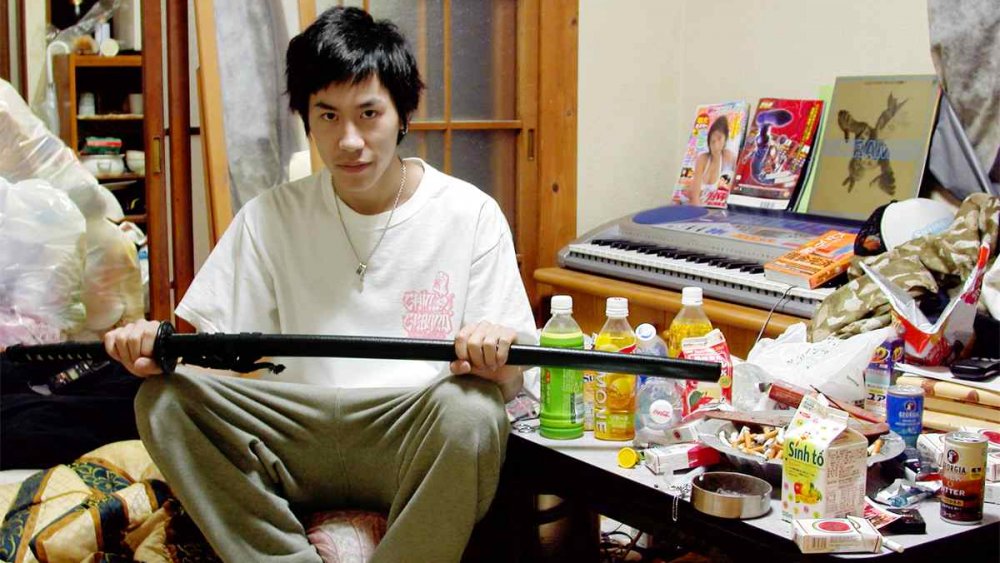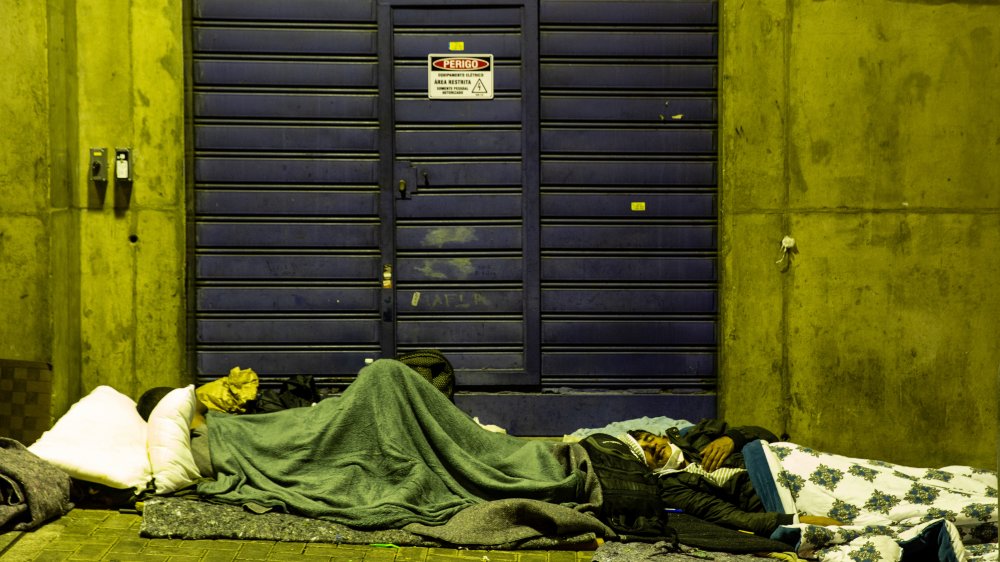What You Don't Know About Japan's Hikikomori
In countries with a heavy emphasis on individualism, such as the United States or the United Kingdom, the failure of society results in mass homelessness. In more family-centric countries, the failure is harder to see because it ends in a state of hikikomori. The condition was coined and discovered by the Japanese psychologist Tamaki Saito, who described it as "a state that has become a problem by the late twenties, that involves cooping oneself up in one's own home and not participating in society for six months or longer, but that does not seem to have another psychological problem as its principal source" (Japan Info). The term is used interchangeably to mean both the physiological state itself as well as those in that state.
Last year, the Japanese government published a survey that examined the living conditions of the country's hikikomori population who were between the ages of 40 and 63. Nippon.com reported that the survey estimates that there may be a million hikikomori living in Japan. Of the sample pool, 76.6 percent were men and over half had been living in isolation for over five years. The article ends by pointing out that although common perception sees these people as internet addicts who simply want to layabout, the percentage who said they played online games was lower than the non-reclusive sample pool. Additionally, all activity except for listening to the radio displayed a decrease: "the reality is that overall [hikikomori] do very little in general."
Worthlessness
In a separate Nippon.com piece Tamaki Saito states that he believes the actual number of hikikomori could be more than two million already and may eventually reach 10 million. The causes for the state vary dramatically between individuals, but he casts a general fault at an over utilitarian view of people that characterizes Japanese society: "There's still a lack of respect for individuals... People who aren't useful to society or their family are seen as having no value. When hikikomori hear the government's rhetoric about promoting 'the dynamic engagement of all citizens,' they're liable to take it to mean that their inability to be 'dynamically engaged' makes them worthless. This drives them into a mental corner."
A similar viewpoint is exposed by Kenji Yamase, a fifty-three-year-old hikikomori who has secluded himself with his eighty-seven-year-old mother for the last 30 years. "The reality is that most hikikomori are people who can't get back into society after straying off the path at some point," he told The Japanese Times. "They have been forced into withdrawal. It isn't that they're shutting themselves away — it's more like they're being forced to shut themselves away." Currently, Yamase relies on his mother's pension. However, there's obviously going to be a point where that source of income won't be viable, i.e. his mother will pass on. This looming assistance problem is referred to in the hikikomori discourse as the 8050 problem.
International failtures
Despite the name, hikikomori is not a purely Japanese phenomenon. In a report written by Takahiro Kato, Shigenobou Kanba, and Alan Teo in World Psychiatry, hikikomori like cases have been evidenced in countries as disparate as Hong Kong, Oman, Spain, India, South Korea, and the United States. They suggest that "[a] major contributing factor may be the evolution of communication from direct to increasingly indirect and physically isolating. This is especially the case for social interactions which hitherto required face‐to‐face contacts in a mutual physical space but can now occur, at least partially, in a virtual world."
The numbers in the US are relatively small when compared to Japan, South Korea, and even Spain. Nippon.com suggests that "[hikikomori] is emerging as a problem in family-centered societies where young adults are continuing to live with their parents through their twenties and sometimes beyond" whereas the individualistic, Anglo countries suffer from a drastically different problem: homelessness. When comparing the number of homeless people in the US and UK to Japan, a similarly drastic difference emerges, but with an opposite trend: "[There] are said to be some 1.6 million homeless young people in the United States and 250,000 in Britain. In Japan, by contrast, there are fewer than 10,000."
So, while the image of people retreating into their rooms to subsist off of their family's wealth strikes us as different, exotic even, the failures of finding ways to assist these people's immersion in society are no different than ours.


